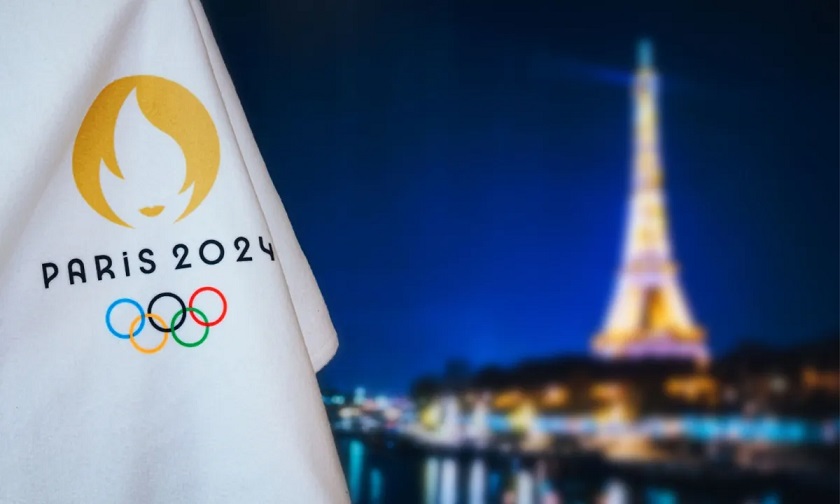By now, even if you aren’t a fan of the popular ‘80s sci-fi/horror throwback show Stranger Things, you’ve likely at least heard of it a time or two. Or, perhaps, you’ve heard of it multiple times the past few weeks.
Fans have spent a frantic month binging and discussing the show’s 4th season. While much hay was made over whether the show’s heroes would prevail, perhaps just as much delight and sometimes revulsion was expressed over the show’s descriptive captions. Or, rather, one caption in particular that seemed to repeat multiple times, in differing variations: [squelching wetly].
![character Max from the streaming series "Stranger Things" looking down with the descriptive caption [wet squelch]](https://vitac.com/wp-content/uploads/2022/07/wet-squelch-300x188.png)
The show was an unexpected breakout hit in 2016, earning a 97% rating on Rotten Tomatoes and a very dedicated fanbase that grew with each subsequent season. With each new season, fans found more elements were added to the show’s buffet of ‘80s nostalgia. Whether you were looking for an actual buffet with era-specific Eggo commercials and references to New Coke, or cleverly written scenes meant to mimic cult-classics like E.T. or Stand By Me, there was seemingly something for everyone. But this season added a new dimension – aside from the Upside Down – with more descriptive captions and sound effect explanations.
The at-times stomach-turning nature of the descriptive captions seems to have paid off. While fans have continued to share theories on the next season, as well as thoughts on characters and well-placed needle drops, they’ve also shared some of their favorite descriptive captions. They’ve even encouraged others to watch or re-watch the season with the captions turned on so others can enjoy the sound descriptions.
![monster from the streaming series "Stranger Things" with the descriptive caption [tentacles squelching]](https://vitac.com/wp-content/uploads/2022/07/tentacles-squelching-300x185.png)
And while the benefits of captions for hearing viewers are notable, what they offer those in the deaf and hard-of-hearing community is a more equitable viewing experience. As hearing fans who enjoyed the captions are sharing their delight (or disgust), fans who are deaf or hard of hearing are sharing their appreciation. Says the man behind the keyboard, Netflix captioner Jeff T.: “My best friend is hard of hearing in one ear, and he came up to me and he was like, ‘This is one of the first times, if [not] the only time, I’ve just felt fully immersed in a show without having to turn the volume all the way up.’”
![character Fred from the streaming series "Stranger Things" suspended in mid-air with the descriptive caption [eerie choral music playing]](https://vitac.com/wp-content/uploads/2022/07/erie-choral-music-playing-300x185.png)
Not only are viewers who are deaf or hard of hearing having a more equitable viewing experience, but they’re also better able to participate in fan discussions. With more discussion, the show has garnered even more exposure, likely scooping up an even wider audience. The memes and articles and continuing discussion all illustrate how much captions can benefit those who need them. But it shows benefits for all audience members and even benefits for content creators, by garnering more buzz for a show or program.
To learn more about how captions and audio description can garner a wider audience for all kinds of media and entertainment, check out our latest ebook here.




